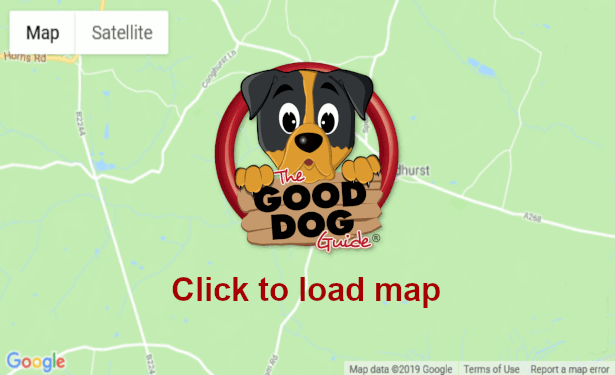Hadrian's Wall
Haltwhistle
Northumberland
NE47 6NN
- Tel: 0191 ...Show
Please mention you found
us on The Good Dog Guide
- UNESCO world heritage site
- Built in AD 122
- Ancient monuments
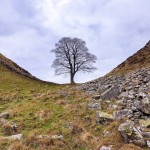
Hadrian's Wall was built by the Romans in AD 122 and is now a UNESCO World heritage site. It stretches some 73 miles east to west between the coasts in the North of England. A large part of the wall was built with stone and quite a lot of this still exists and can be visited and even walked on. Other parts were largely turf and less of these sections remain.
The Wall is also next to Roman camps and towns both large and small. Some of these such as Vindolanda and Housesteads are world famous.
The Wall can basically be split into three main sections.
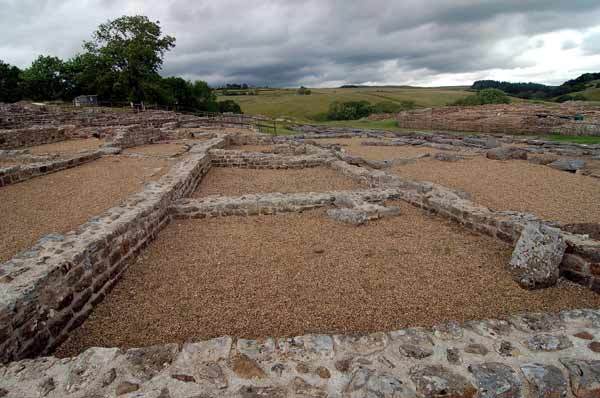
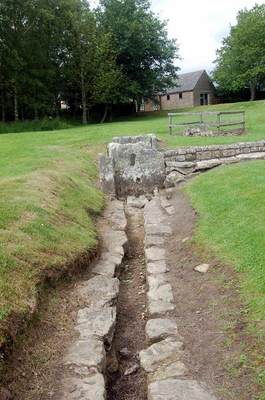
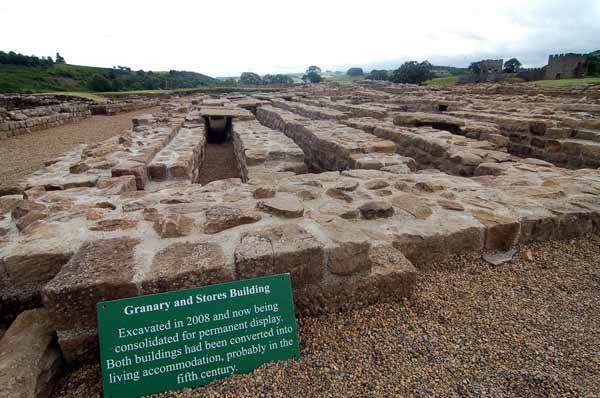
The eastern section which terminates at South Shields. Here you will find the Arbeia fort and storage facilities. Because of the later buildings the visible sections of the wall are small and can be seen in unexpected parts of Newcastle and towards the coast.
The central section. This is the best known part of the Wall. It follows the Whin Sill which provides quite a dramatic setting along the sky line. Here it is very photogenic and this is the most visited section.
West of the River Irthing the Wall came down to the Carlisle and Solway plain and then onto the sea. Here there is little stone work left but there is still evidence of the past.
More recently archaeologists have identified a coastal wall which ran to Maryport and further south along the Cumbrian coast.
Access to the Wall.
For most of the Wall you will need your own car. However the central section has the 122 Wall bus which helps travellers reach the main Roman camps between Hexham and Lanercost.
Cost of access.
Most of the access is free but if you want to visit the main Roman camps like Housesteads or Vindolanda then there will be a small entrance fee.
The Wall in popular fiction.
Traditionally the Wall is seen as frontier line between England and Scotland. It was never meant to be this - and the Romans went much further north and built the Antonine Wall in central Scotland.
At the time of writing (2015) it is well known as the inspirational setting for the Wall in Game of Thrones.
There have been a number of Hollywood films based on the Wall and one of the strangest choices was when Kevin Costner playing the part of Robin Hood came to Haltwhistle and used what has since become known as the Robin Hood tree as a setting.
Attraction kindly added by Northumbria Byways






